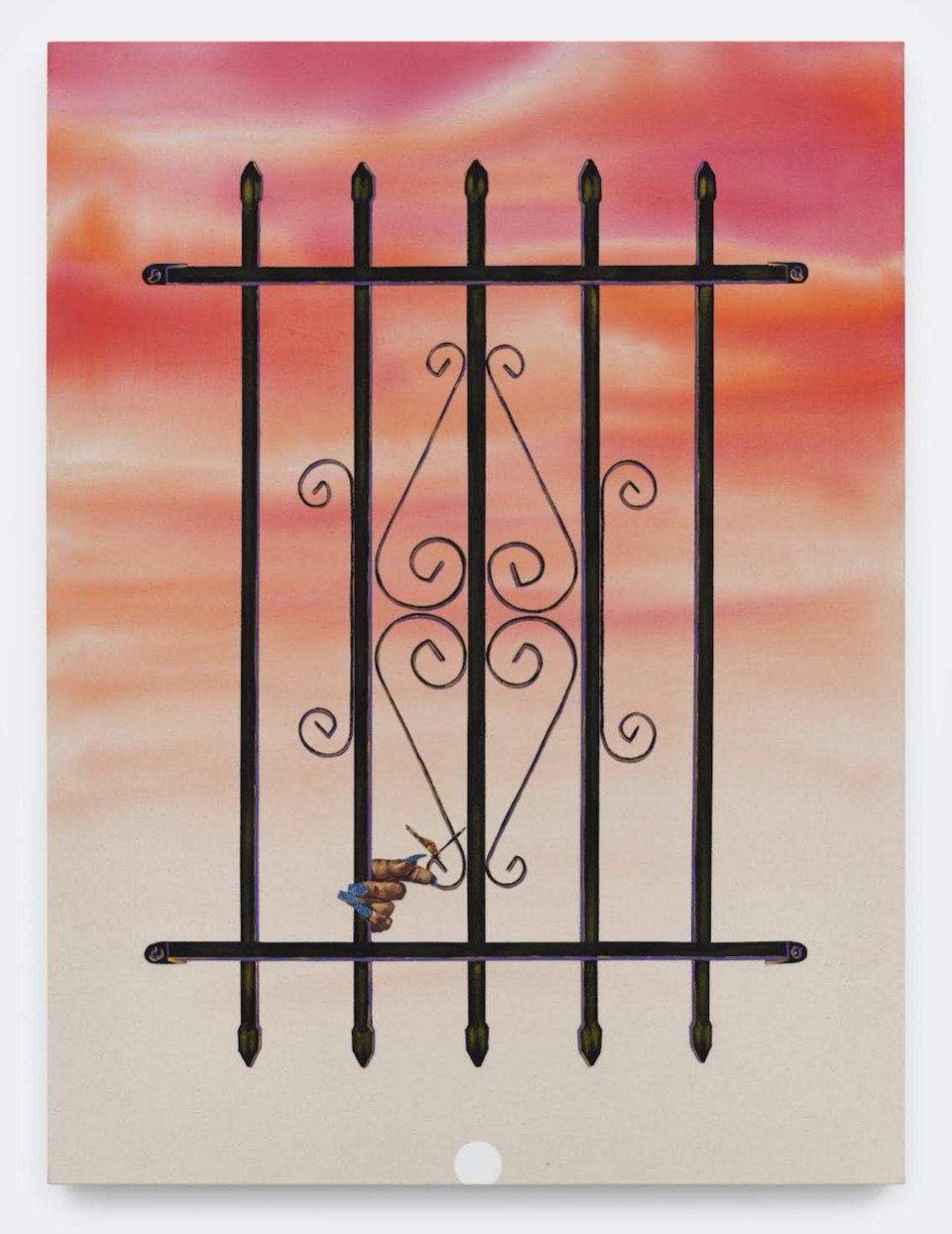
Veronica Fernandez and Tidawhitney Lek: What Will You Give?
2034 Imperial St, Los Angeles, CA 90021, USA
Saturday, April 27 at 5:00 PM – 7:00 PM
Ends Jun 22, 2024
Ends Jun 22, 2024
Sidecar is pleased to present What Will You Give?, an exhibition of large-scale paintings by Veronica Fernandez and Tidawhitney Lek, organized in collaboration with Melanie Ouyang Lum. This is the first presentation at Sidecar for both artists.
What will you give? Artists and friends Veronica Fernandez and Tidawhitney Lek explore this question on and off canvas. Their paintings abound with generosity, empathy, wonder, delight, and hope. Both women plumb the depths of their experiences to render the ecstasy and agony of the human condition in painterly bids for connection and acts of witness. In densely layered compositions that merge past and present, inherited and embodied memories, self and other, both artists give form to stories of love and loss as personal as they are universal.
Employing their distinctive visual languages, the pair index domestic family dramas, childhood memories, and locations integral to their identities and histories. The tenderness, vulnerability, and economic/social hardships animated by their compositions solicit from the viewer what scholar Tina M. Campt might call hapticity, or the “labor of feeling across difference and precarity; the effort of
feeling implicated or affected in ways that create restorative intimacy.” In this way, the paintings engender occasions of reciprocity and exchange.
For example, Fernandez’s large-scale mixed-media paintings oscillate between obscurity and revelation, with precisely detailed representations unraveling into gestural brushstrokes, washes of color, and uncanny shifts in scope or scale that engage the viewer’s imagination through irresolution. Marshaling texture to disrupt the pictorial plane, Fernandez applies paint straight from the tube or builds dense layers of oil in quasi-bas relief dimensionality. Moments of dissolution and disruption evoke the instability of memory, the impermanence of emotion, and the ambiguity of psychological processing.
Designing a psychic space between biography, memory, emotional resonance, and poetic recitation, Fernandez references old photographs to assemble family members in scenes of affection, instability, chaos, and economic insecurity. A tension ensues between Fernandez's present perspective, full of empathy for her authority figures’ realities, and her childhood fear, anxiety, and uncertainty. As
Fernandez transcends form via flourishes of color and dreamy conjugations of mark and materiality, she reminds the viewer of the complex interplay of recollection and the present moment.
The Last Ten Dollars (2024) memorializes the time Fernandez’s father gave away the only money he had—an act both generous and irresponsible. The artist interrupts the composition with a flash of fire alarm red. Her careful representation of her characters and their kitchen setting is overwhelmed by
images that hover between reality and invention: A shadow looms across the wall, the kitchen lights redouble in defiance of gravity, and a column of flames unfurls from a cooking pan.
If Fernandez employs entropic forces to mirror the disorder of her childhood, Lek’s paintings drive toward clarity and resolution. Her canvases evoke her family’s refusal to acknowledge latent trauma and unspoken suffering, insisting instead on surface-level denial or silence. Like Fernandez, Lek pushes against the bounds of representation, foraying into abstraction.
The irreducible there-ness of Lek’s lucid hyper-realism engenders an illusion so convincing that the viewer is all but confident they could step into the canvas and open the glass door. Lek plays with perspective and scale. She skews her compositions just beyond life-sized. Her trompe l’oeil details and vivid color palettes conjure verisimilitude, while discordant details and conflations of interior and exterior, near and far, lend the compositions a surreality. The vertiginous combination of mundane scenery and uncanny incongruence illuminates that there is more to the story than meets the eye.
The dissonance and density of the picture planes suggest a layering of variant perspectives that merge old narratives with new, physicalizing the invisible ways that inherited memories inhabit embodied presence. Here, the past materializes ghosts, unsettling shadows, and a sense of dislocation, estranging even the familiar. Still, unexpected delights present themselves—a radiant bush flowers in a parking lot, while a pane of glass reflects a technicolor sunset.
Lek’s ability to hold opposing truths manifests in Richie’s Liquor (2024), in which a young man in contemporary clothing is poised on the threshold of a rain-stained building. Stacks of familiar corner store products like newspapers and water jugs appear in the store’s windows, but hovering above them: two men in foreign military uniforms, interlopers from the Vietnam War which forced families,
including the artist’s, to immigrate to the United States. The colorful reflection of the sky, mirrored by a composite section on the right, further confuses the interior and exterior of the building, the seen and unseen, the public and the private.
Both artists, in their sui generis styles, give form to the invisible, reminding viewers of paintings' ability to imagine the world transfigured.
- ✨Curate LA Partner
